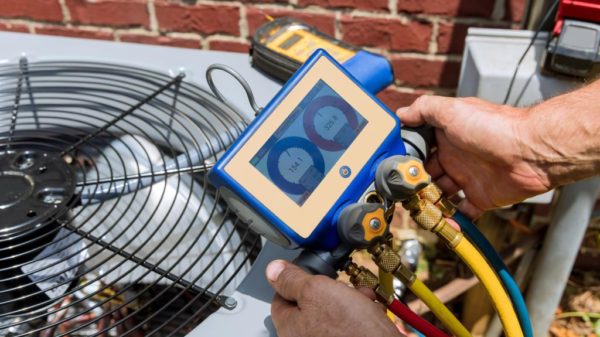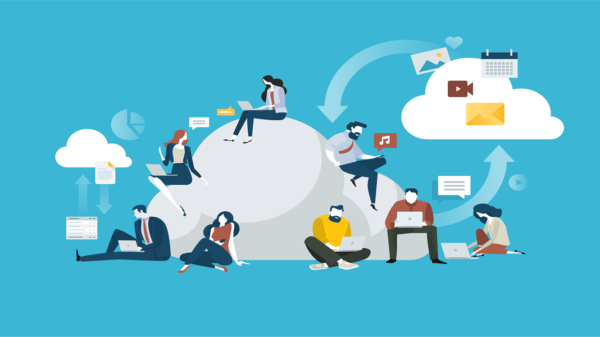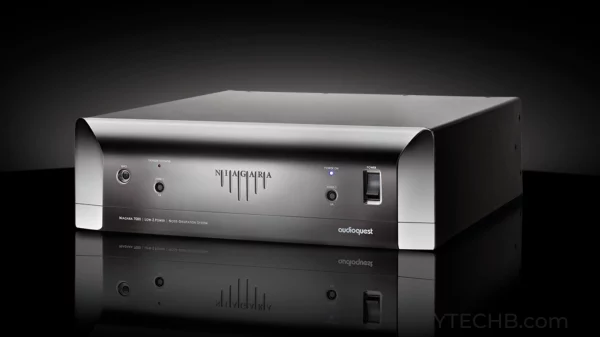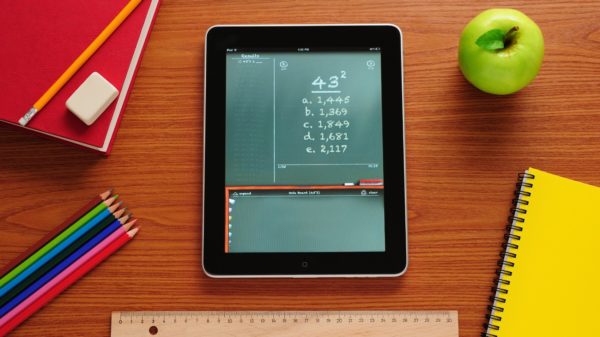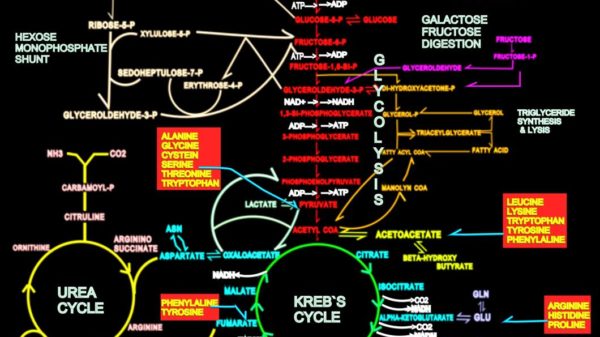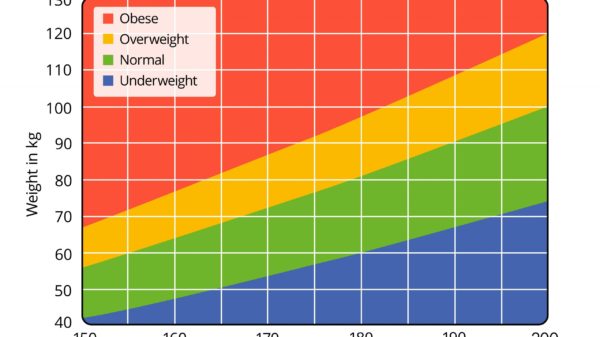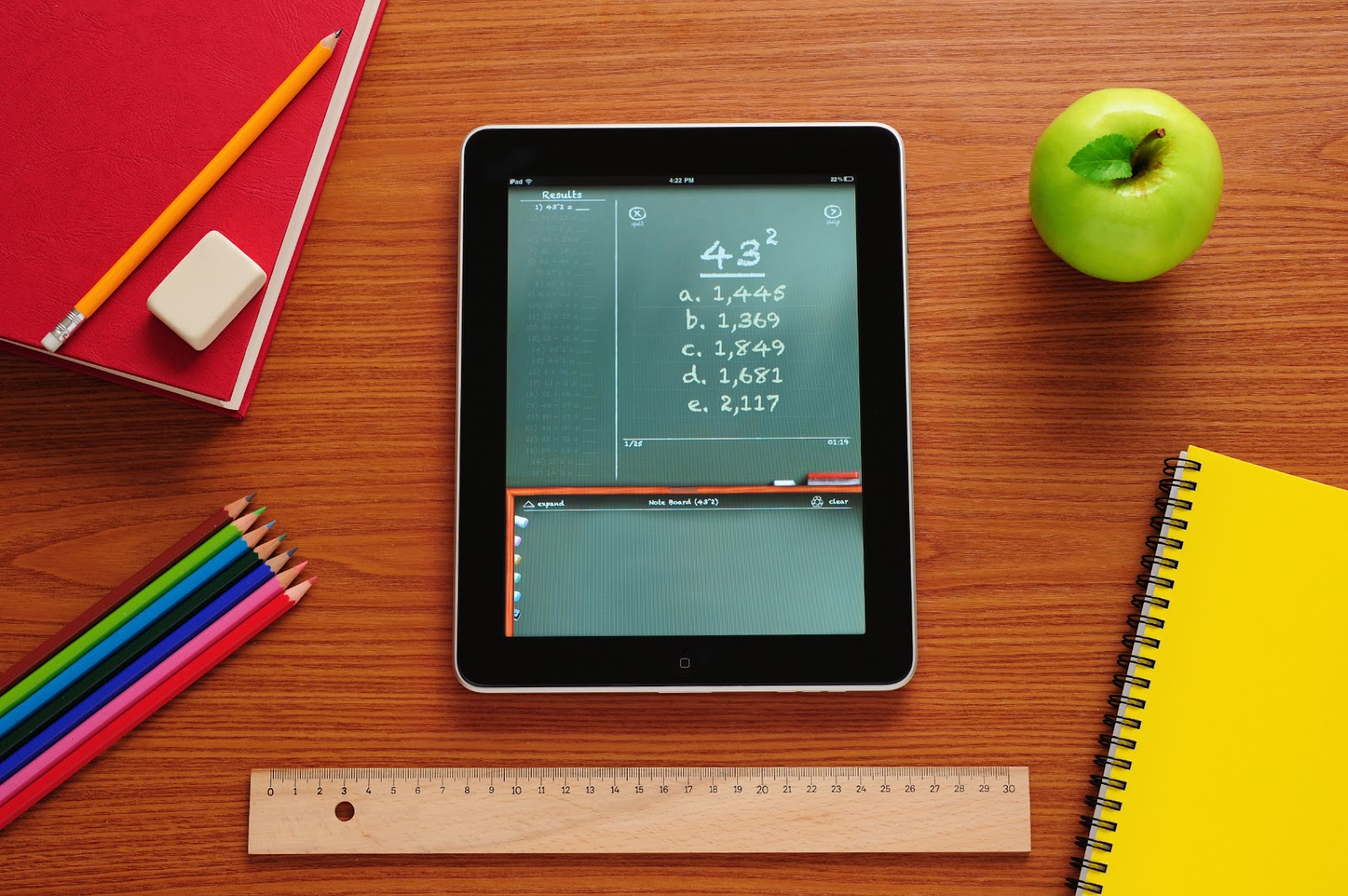Education is facilitated by learning, or the development of knowledge, abilities, principles, values, ideas, and behaviours. Educating, coaching, storytelling, conversation, and focused study are all examples of educational methods. Although most education occurs under the supervision of educators, individuals can also learn by themselves.
Employees need higher degrees to prepare for future professions that are technically hard; thus, academic performance is critical. Individuals would require a post-secondary degree to obtain rewarding employment nowadays. Students should work hard in school and use specific tactics such as making an educational full forms list to attain academic excellence.
Advantages of technology in the classroom
Technology can be described as the application of scientific knowledge to people’s desires. Technology is the collection of skills, methods, procedures, and techniques used in providing services and pursuing objectives such as scientific study.
-
Creates a more interesting atmosphere
You may believe that technology is merely a source of distraction, yet it may encourage active participation in the class. Using technology in education, such as laptops, smartphones, or other forms of gadgets, can help convert usually boring subjects into interactive and fun activities.
-
Collaboration is improved.
When students use technology in education, instructors have noticed that they are more likely to help one another. Many technology-based assignments include additional components, which necessitates learners seeking assistance from their classmates or the instructor. When classmates are divided into small groups, more technologically advanced students can help their less experienced classmates.
-
It enables you to communicate with your students.
Teachers can use technology to improve their relationships with their students and coworkers. For instance, 84% of instructors say they use the internet and other digital devices once a week to discover engaging materials for their students. Incorporating digital technology into your class plans, and using it to increase your topic knowledge, may create a significant impact on your students’ grades.
-
Different studying methods are included.
Each kid in the classroom is unique, and customizing the education plan to meet each one can be difficult. Fortunately, educational technology can assist you in customizing the classes.
-
Improve the evaluation process and keep track of the progress in real-time.
Keeping track of a student’s development over time allows instructors to see how they progress while also providing helpful feedback. Thus, it assists both learners and educators in setting and achieving their aims. Furthermore, by showing trends in student performance, monitoring enables educators to stay engaged and measure the effectiveness of a programme.
-
Effective communication
Interaction is a necessary component of any activity. However, whenever it comes to education, the communication gap is unacceptable. Communication gaps can be filled with proper technological tools and technical terms like preparing a technology full forms list. Because of new technologies, data transfer has become much more manageable.
Conclusion
Students can now get credentials and learn themselves online via colleges that provide online courses thanks to technological advancements. They can study from home instead of paying for a journey or moving to another city to attend college. Professionals can pursue additional education without giving up their full-time careers.



